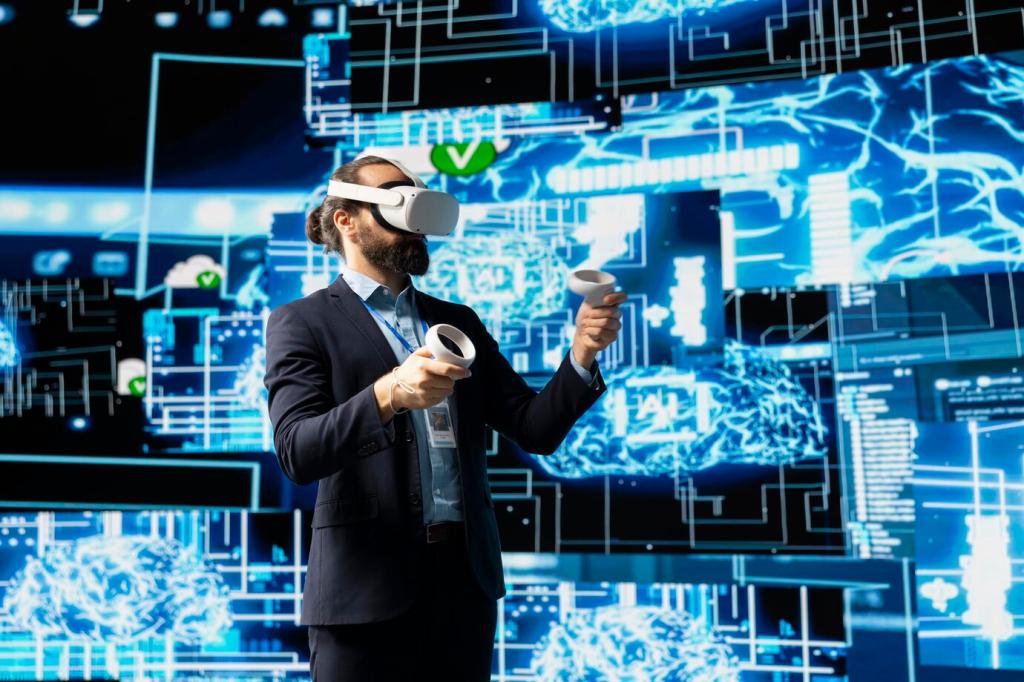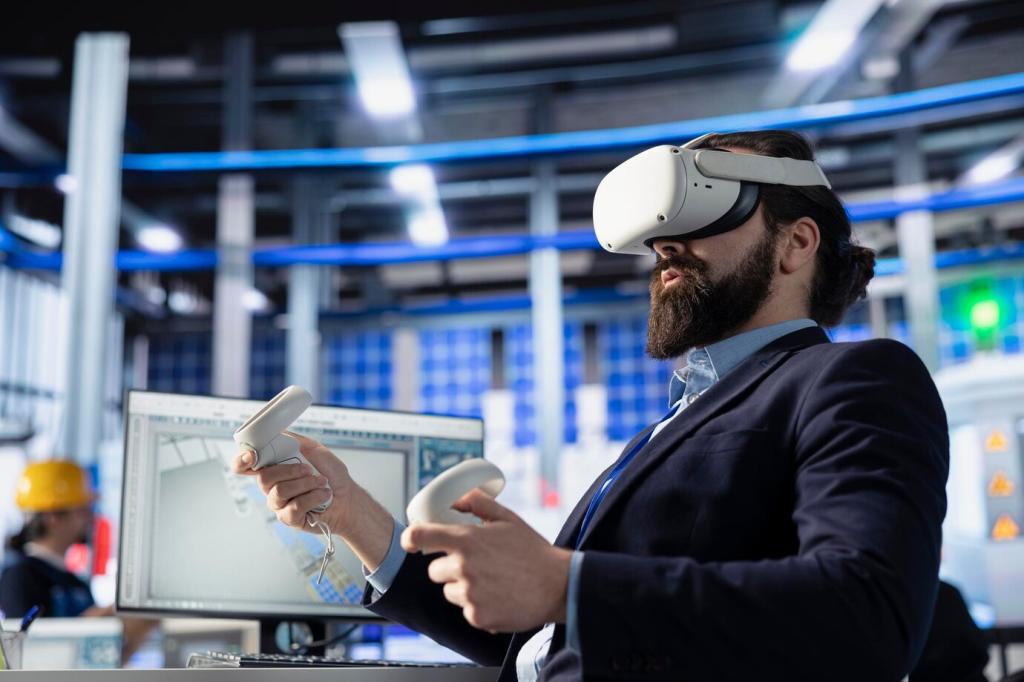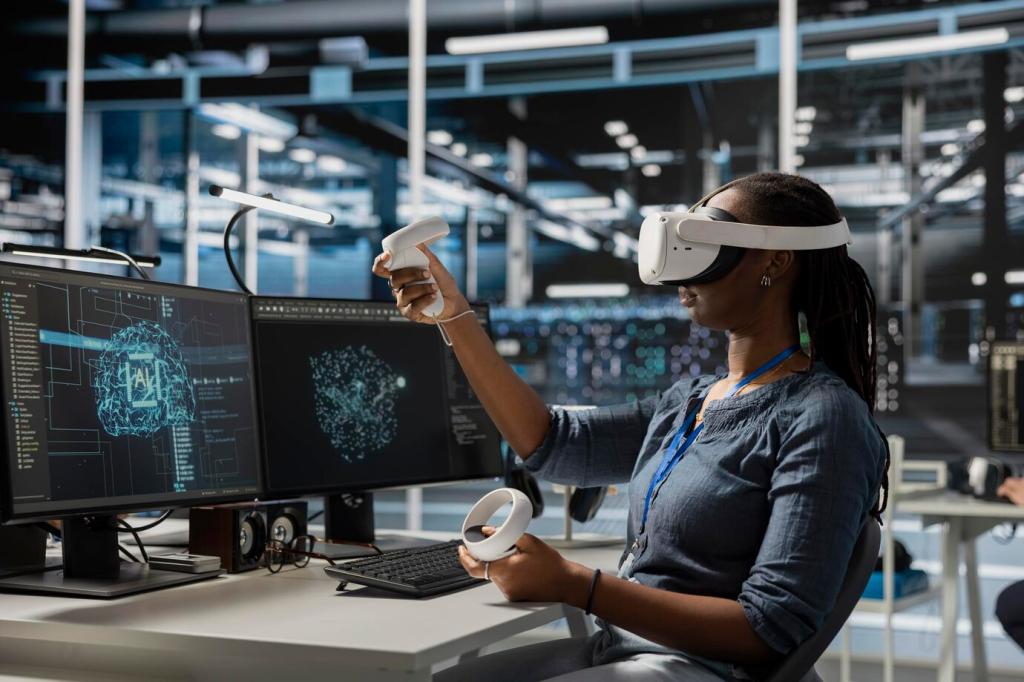
How Smart Home Technology Has Transformed Everyday Living
The modern home is no longer just a place of shelter and comfort—it has evolved into a dynamic and interconnected environment, thanks to the advent of smart home technology. From intelligent assistants that anticipate your daily needs to security systems that safeguard every corner, the digital revolution has woven convenience, safety, and efficiency into the fabric of our everyday lives. The influence of smart devices now extends to the way we communicate, manage energy, and optimize routines, making once futuristic ideas part of ordinary living. This transformation has not only changed how we interact with our homes but also reshaped our expectations of what it means to truly live well within them.
Seamless Connectivity and Control
Unified Home Hubs
Home hubs serve as the command centers for countless smart devices, enabling centralized management through intuitive interfaces. These hubs eliminate the need for multiple remotes or confusing setups by connecting thermostats, lights, and appliances within a single ecosystem. The ability to monitor, schedule, or adjust devices remotely not only increases convenience but also provides a sense of mastery over the home environment. Families can share access, making it simpler for everyone to enjoy the benefits of automation, setting personalized scenes for mornings, movie nights, or bedtime—all with a tap or spoken word.
Voice Command Integration
Voice assistants like Amazon Alexa, Google Assistant, and Apple Siri have redefined home interaction by allowing residents to control devices simply by speaking. Voice commands can trigger complex routines, such as turning off lights, locking doors, or starting a coffee maker. This hands-free operation is especially beneficial for those with mobility challenges, ensuring greater inclusivity. Voice integration continues to evolve, with systems learning individual speech patterns and preferences, providing an increasingly personalized and responsive experience. These advancements not only streamline daily tasks but also introduce a new dimension to home comfort and accessibility.
Remote Management and Automation
Remote management capabilities mean that the home is always at your fingertips, whether you are in the next room or thousands of miles away. Automation enables homeowners to schedule actions, like adjusting heating before arrival or turning off appliances for energy savings. This not only optimizes comfort but also contributes to reduced utility bills and environmental impact. The peace of mind associated with being able to check the status of your home—or respond to alerts in real time—further underscores just how deeply smart technology has woven itself into the core of everyday living.


Intelligent Surveillance Systems
Modern surveillance cameras are equipped with high-definition recording, night vision, and motion tracking, providing real-time views of any area inside or outside the home. Advanced software can distinguish between potential threats, such as intruders, and harmless activity, like pets wandering about. This reduces false alarms and ensures that homeowners receive critical alerts only when necessary. The ability to access live feeds or recorded footage remotely, from a smartphone or computer, means greater peace of mind and readiness to respond instantly to any suspicious occurrence.

Smart Locks and Entry Control
Smart locks have replaced traditional keys with digital entry options, such as keypads, fingerprint scanners, or smartphone access. Residents can issue temporary access codes to guests, service providers, or family members, tracking every entry and exit for added accountability. Integration with other smart devices can trigger actions like lights turning on when the door is unlocked, or notifications if someone attempts unauthorized access. These systems offer both heightened security and sheer convenience, reducing the anxiety of lost keys and the vulnerability of hidden spare keys outside.

Adaptive Climate Control
Smart thermostats continuously learn occupants’ schedules and preferences, adjusting heating and cooling systems for maximum efficiency and comfort. By detecting when rooms are unoccupied or when windows are open, these devices minimize energy waste. Some systems even tap into weather forecasts to preemptively adjust settings, ensuring optimal indoor conditions at the lowest possible cost. As a result, energy bills shrink and environmental impact lessens, all without sacrificing comfort or convenience.

Intelligent Lighting Solutions
From motion-activated bulbs to adaptive lighting schedules, smart lighting systems have transformed how homes use illumination. Homeowners can program lights to turn off automatically when no one is present or to mimic natural daylight cycles to support health and well-being. The ability to control color, brightness, and power remotely means that lighting becomes a flexible tool—supporting productivity, relaxation, or security needs as they arise. Furthermore, energy-efficient LED options integrated with smart controls multiply the environmental benefits.

Appliance Monitoring and Optimization
Smart plugs and connected appliances enable real-time tracking of energy consumption, identifying devices that use excessive power or run unnecessarily. With this visibility, homeowners can set up automation to turn off idle equipment, shift usage to off-peak hours, or even receive recommendations for more sustainable technology upgrades. These features not only contribute to lower monthly expenses but also empower users to make informed decisions about their consumption, proving that sustainability and convenience can go hand in hand.
